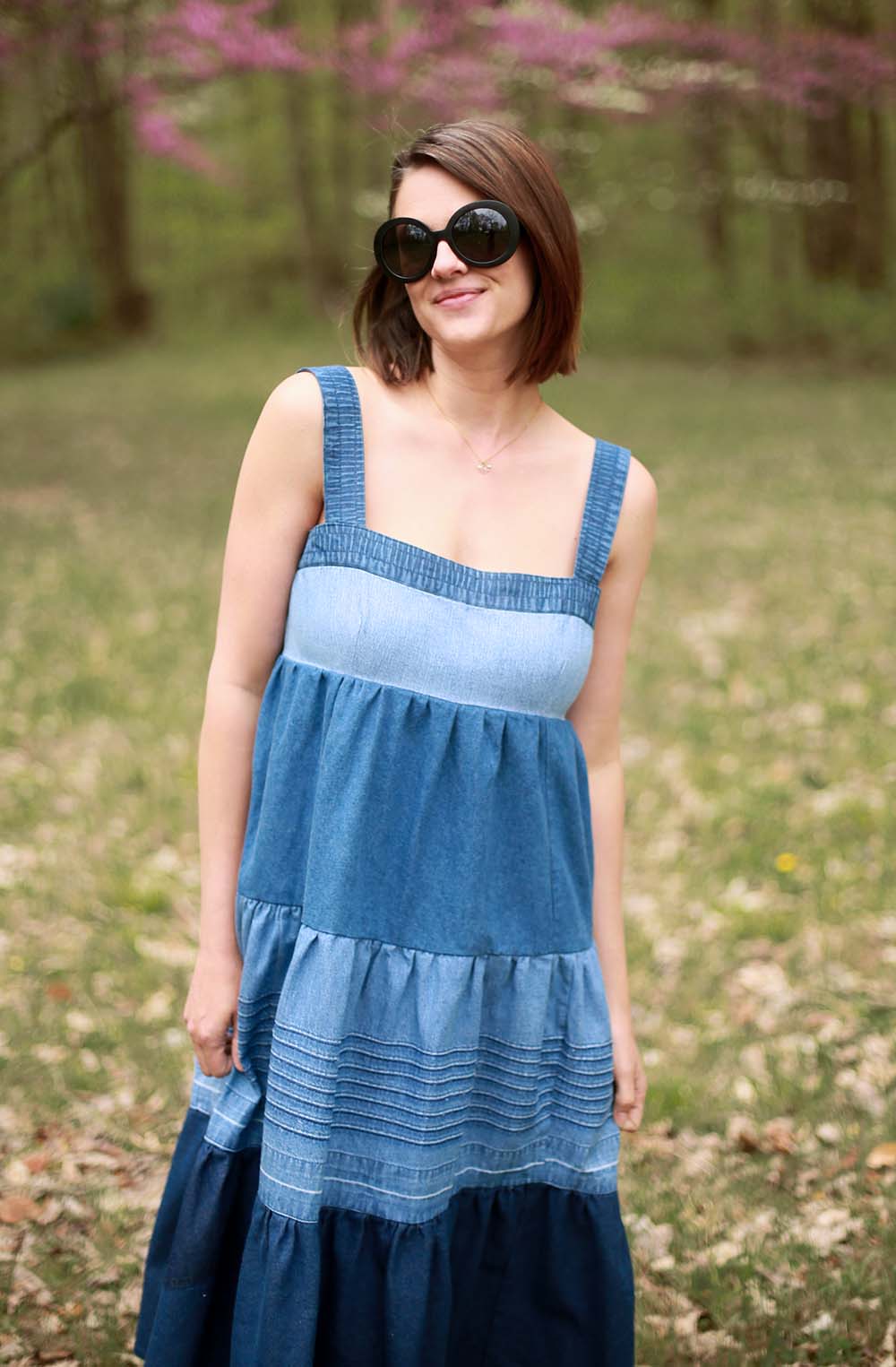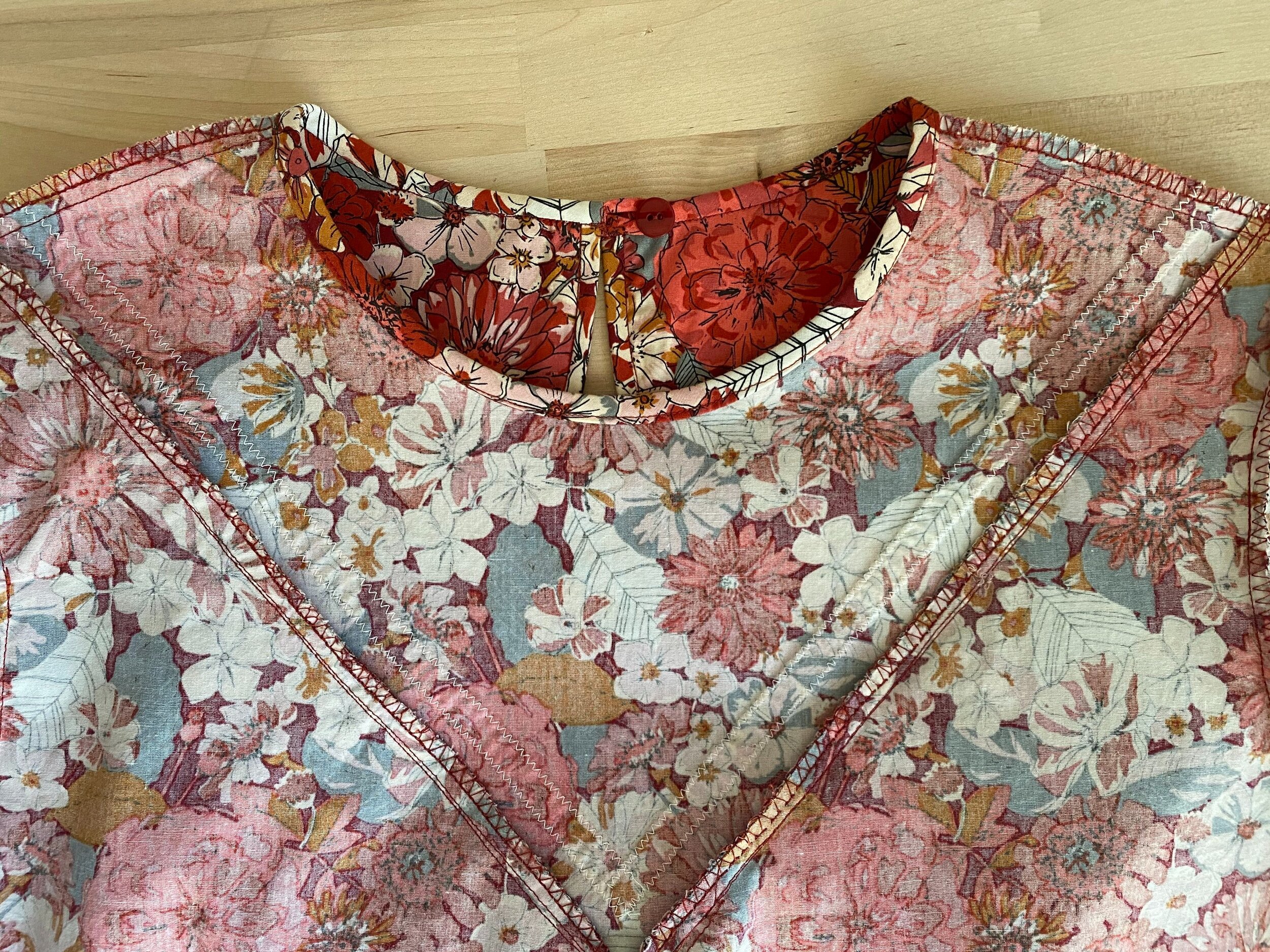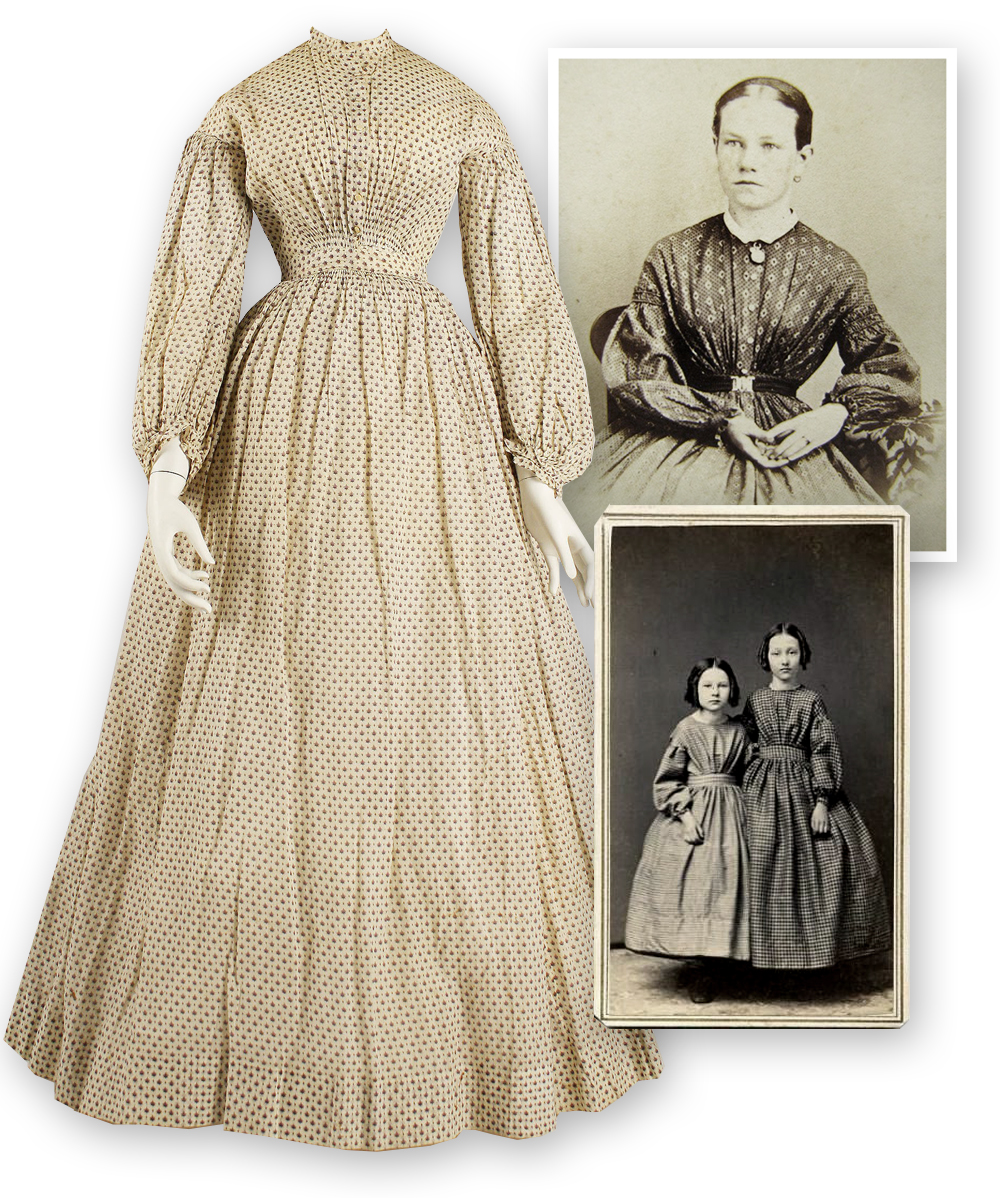Jessica Sews | Kismet Blouse
/Long time no blog! Let’s jump into one of my recent projects, shall we? I just finished up another version of McCalls 7977 using a gorgeous Sharon Holland print (Fleuron Sanctuary) from Art Gallery Fabrics. When I saw the print showing up on some of the quilting instagrams I followed I searched and searched until I found two yards via Milkshakes and Sunshine on Etsy. It shipped so fast so once it arrived it was straight into the wash to cut and sewn the next day.
This fabric gave me seventies bedsheet vibes, which is a look I’m all about these days. I knew I wanted to pair it with some kind of crocheted cotton trim on a full sleeves for an early Laura Ashley feel. (You can see my inspiration board for this year here)
From there I scanned my pattern collection and pretty quickly decided M7977 would be the perfect way to incorporate the two. If you’d like to see some of my process, I’ve saved it in an Instagram highlight.
Working with this fabric was really dreamy. It’s light, almost like a poplin and very easy to cut and sew. I love the way it drapes and forms the ruffles - it’s really really lovely. Last night I bought two more prints from this collection!
I also wanted to give you a quick look at the interior of this piece. I really like making neat and tidy garments and I did that a couple different ways. On the neckline and keyhole I used double turned bias - one of my favorite finishing techniques. On the armholes, the yoke and side seams I just did an overlock style zig zag with a new foot i just found for my machine.
Lastly, I sewed in a personalized label I designed and had woven by Dutch Label Shop. I’m so proud to put my name on this one. The whole project was a joy to sew and the encouragement I got from you guys during the process was really awesome.
I’ve got plans to do more documentation during my projects and I’d love to hear from you what you enjoy most. No wrong answers!
































